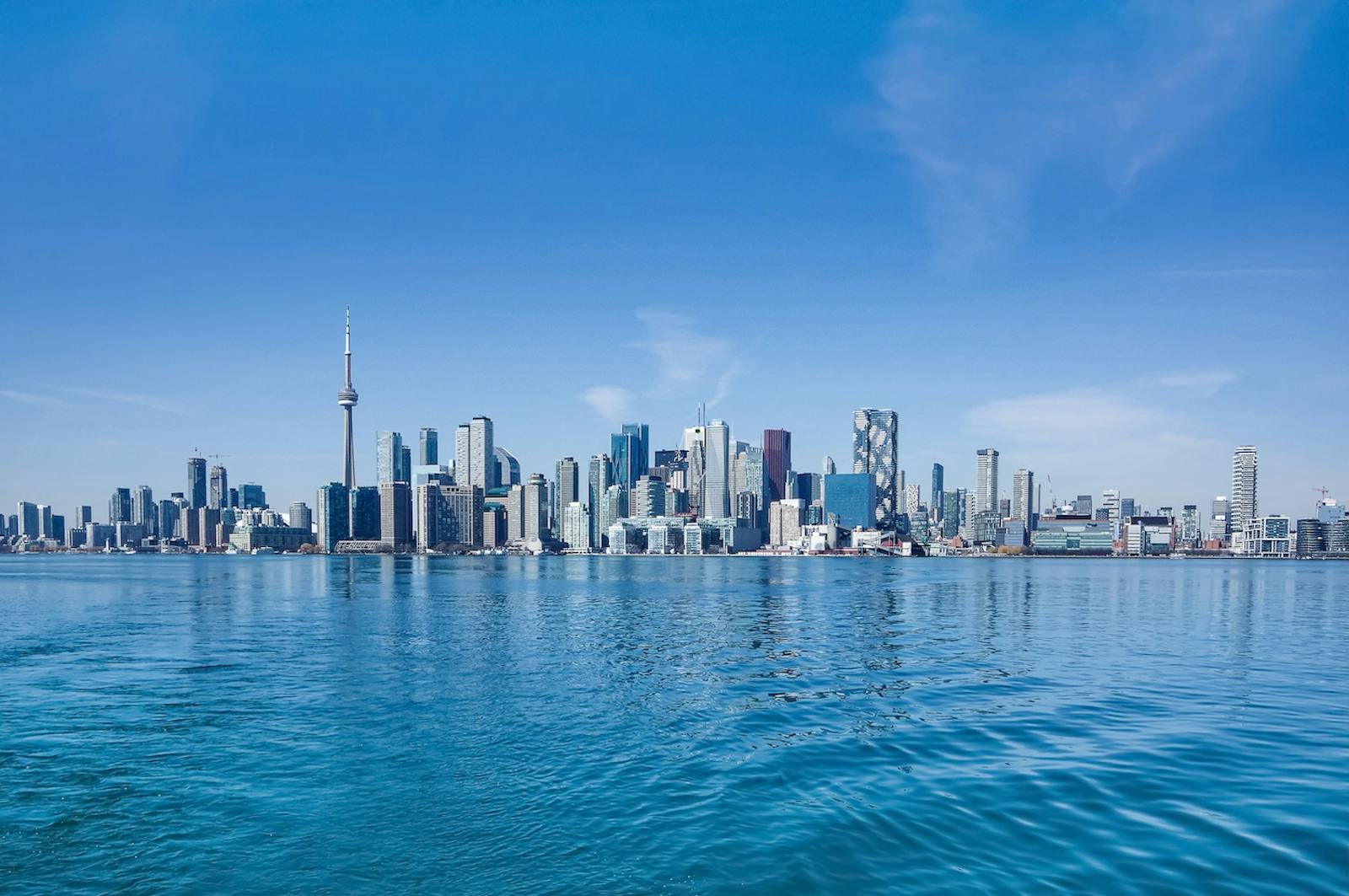Southern Great Lakes Forests
The ecoregion’s land area is provided in units of 1,000 hectares. The conservation target is the Global Safety Net (GSN1) area for the given ecoregion. The protection level indicates the percentage of the GSN goal that is currently protected on a scale of 0-10. N/A means data is not available at this time.
Bioregion: Interior Plateau & Southern Great Lakes Forests (NA23)
Realm: Northern America
Ecoregion Size (1000 ha):
22,814
Ecoregion ID:
342
Conservation Target:
17%
Protection Level:
1
States: United States: OH, IN, MI, PA, NY. Canada: ON
The Southern Great Lakes Forests ecoregion occupies much of the industrial heartland of North America and is also highly agricultural. This ecoregion stretches from southern Indiana and Ohio through the southern half of Michigan and southwestern Ontario, northeast to the Toronto Metropolitan area. It is one of the most highly converted and imperiled ecoregions on the continent.
%20is%20the%20flagship%20species%20of%20the%20Southern%20Great%20Lakes%20Forests%20ecoregion.%20Image%20credit%20Marqqq%2C%20CC%20by-3.0.jpg)
The American beech or North American beech (Fagus grandifolia) is the flagship species of the Southern Great Lakes Forests ecoregion. Image credit: Marqqq, CC by-3.0
The climate of the Southern Great Lakes Forests ecoregion ranges from humid warm continental to humid cold temperate. Much of the ecoregion is underlain by Paleozoic limestones and other carbonate-rich rocks. Most of the ecoregion lies southwest of the Niagara Escarpment and has flat to rolling topography, with significant ravines particularly in the southern portion (southwestern Ohio and southeastern Indiana).
Almost all of the region, except the southern extreme, was covered by the last (Wisconsin) glaciation as well as earlier glaciations. Glacial features such as ground moraines, end moraines, kames, eskers, and outwash deposits are ubiquitous, as well as lacustrine (lake) deposits in lowlands adjacent to Lake Erie, Lake Huron, and Lake Michigan.
The dominant natural vegetation is eastern deciduous forest, especially beech and beech-sugar maple forests, with these two species comprising 80% of the natural tree canopy of the ecoregion. Other significant forest types are mixed oak forests, oak-sugar maple forests, elm-ash swamp forests, and outliers of mixed mesophytic forest. The forests are distinct from the northern hardwoods forests to the north and are less species-rich than the mixed mesophytic and some other forests to the south and east.
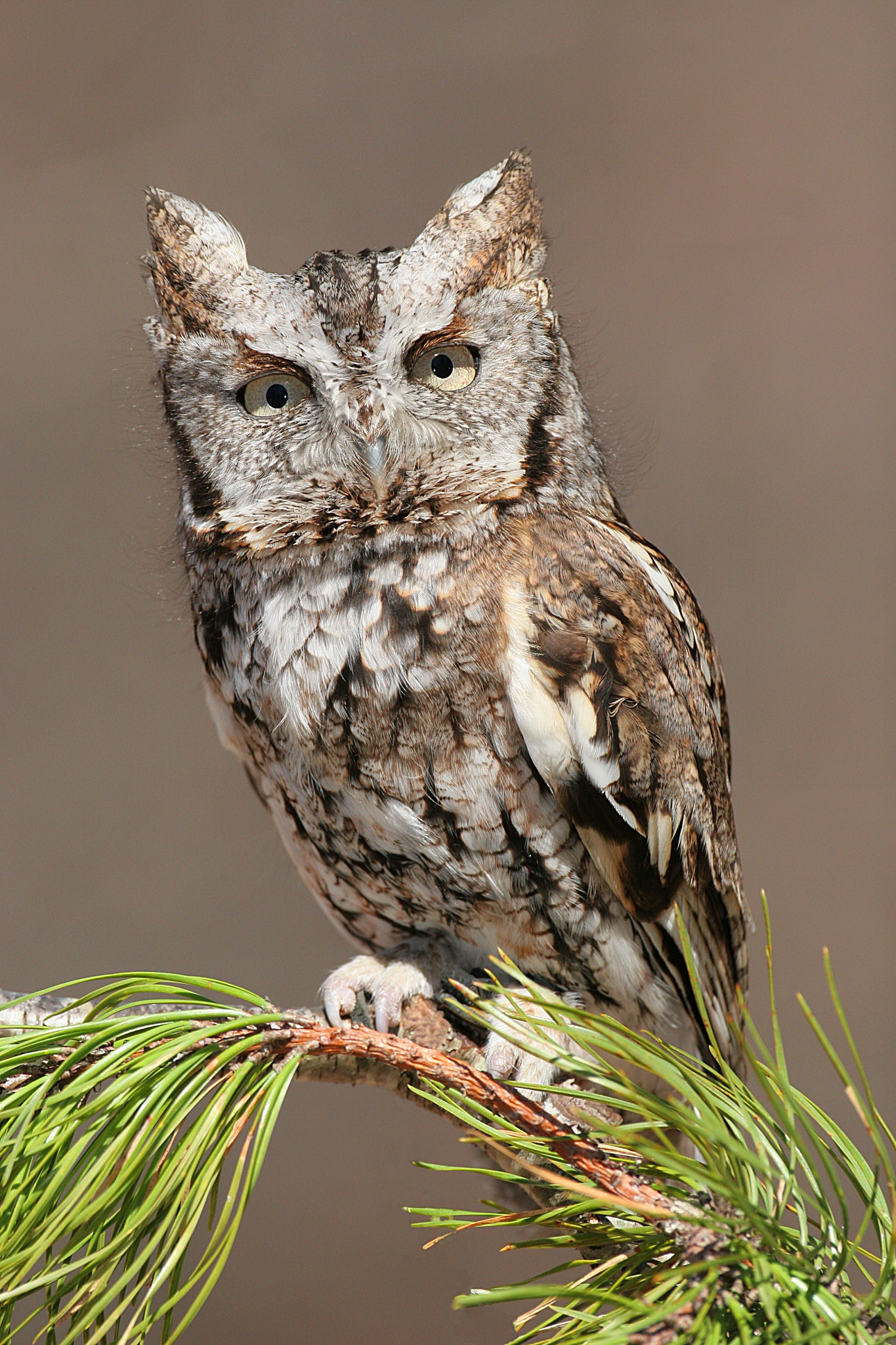
Eastern screech owl. Creative Commons, Wolfang Wander.
Much of the biodiversity in this region is contributed by non-forest communities such as glacial-relict bogs and fens with disjunct (separate from their main range) northern or boreal species such as arbor vitae (northern white cedar), tamarack, and black spruce, as well as shrubs such as leatherleaf and Labrador tea and herbs such as the Arethusa orchid.
A “Prairie Peninsula” of isolated tallgrass prairie patches extended from the Great Plains eastward through central Ohio, and some prairie patches with rare plants such as royal catchfly remain along railroads, in pioneer cemeteries, and a few other unplowed sites. Extensive marshes and dune systems occur in places along the shores of the Great Lakes.
The Ohio River Basin is globally significant for its freshwater biodiversity, and some streams such as Big Darby Creek, a National Science River in central Ohio, have exceptional diversity of darters and other fish and more than 38 rare species of fish and mussels. This ecoregion is especially significant for Canada, as it contains many southern “Carolinian” species and communities otherwise absent from the country.
The Niagara Escarpment, a World Biosphere Reserve, is on the edge of this ecoregion in southern Ontario. It contains extensive limestone cliffs with ancient arbor vitae over 1,000 years old, among other interesting plants. Spectacular limestone and dolomite gorges occur a few other places in the ecoregion, such as Clifton Gorge of the Little Miami River in southwestern Ohio.
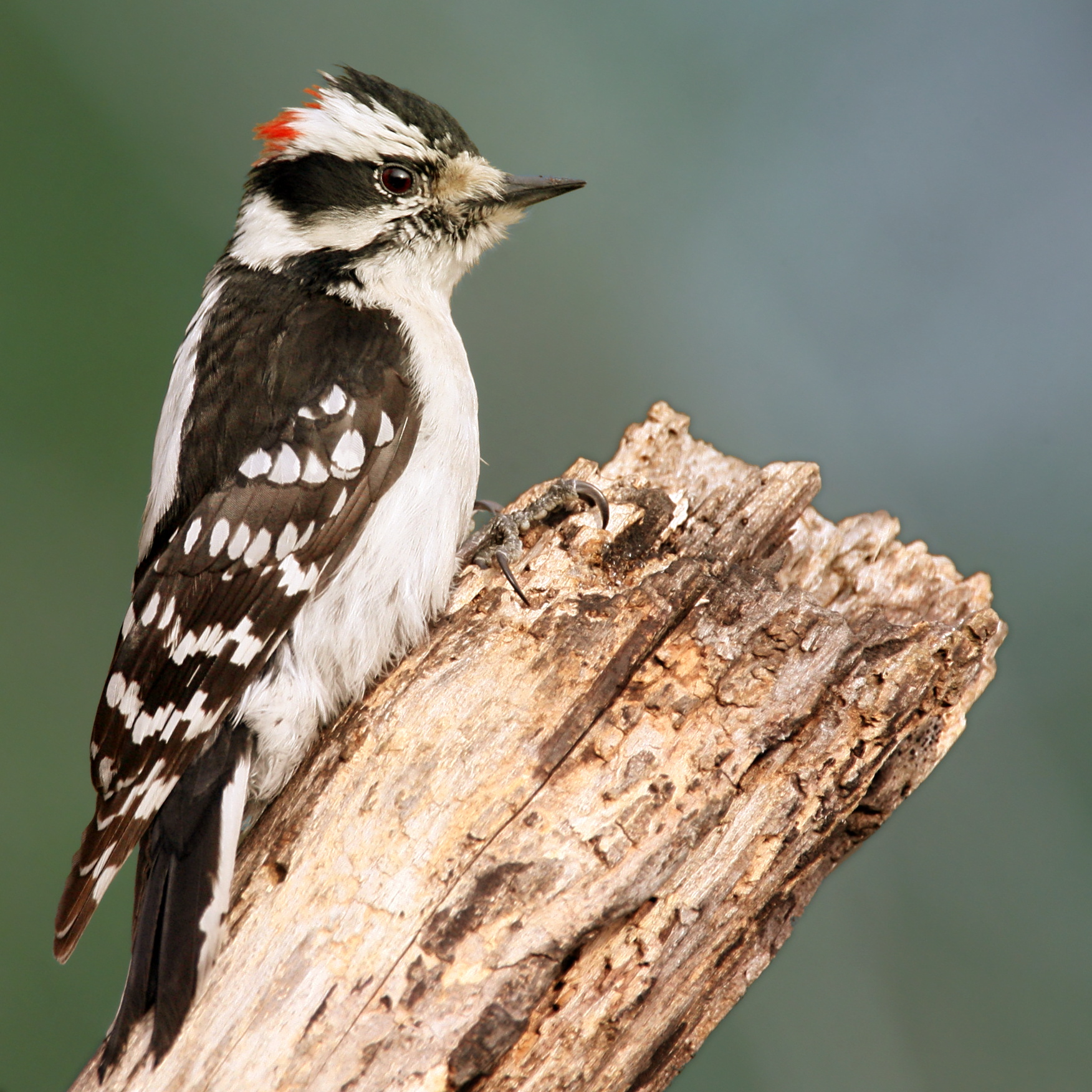
Downy Woodpecker. Creative Commons, Wolfgang Wander.
The Southern Great Lakes Forests ecoregion has lost well over 90% of its pre-settlement vegetation, and only around 1% of the ecoregion is protected. Very little old-growth forest remain. Most remaining wetland and aquatic habitats are degraded, although some still contain biologically significant faunas (see above).
Priority conservation actions for the next decade:
- Protect and expand existing remnants of natural vegetation, for example by preventing urban sprawl.
- Greatly increase federal, state, and local acquisition of conservation lands, and improve management of existing conservation lands.
- Reduce or eradicate populations of problematic exotic species.
-
-
- Riley, J.L. 2013. The Once and Future Great Lakes County: An Ecological History. McGill-Queen’s University Press, Montreal.
- Ricketts, T.H. et al. 1999. Terrestrial Ecoregions of North America: A Conservation Assessment. Island Press, Washington, D.C.
- Lafferty, M.B., editor. 1979. Ohio’s Natural Heritage. Ohio Academy of Science, Columbus.
-
Cite this page: Southern Great Lakes Forests. Ecoregion Snapshots: Descriptive Abstracts of the Terrestrial Ecoregions of the World, 2021. Developed by One Earth and RESOLVE. https://www.oneearth.org/ecoregions/southern-great-lakes-forests/
-
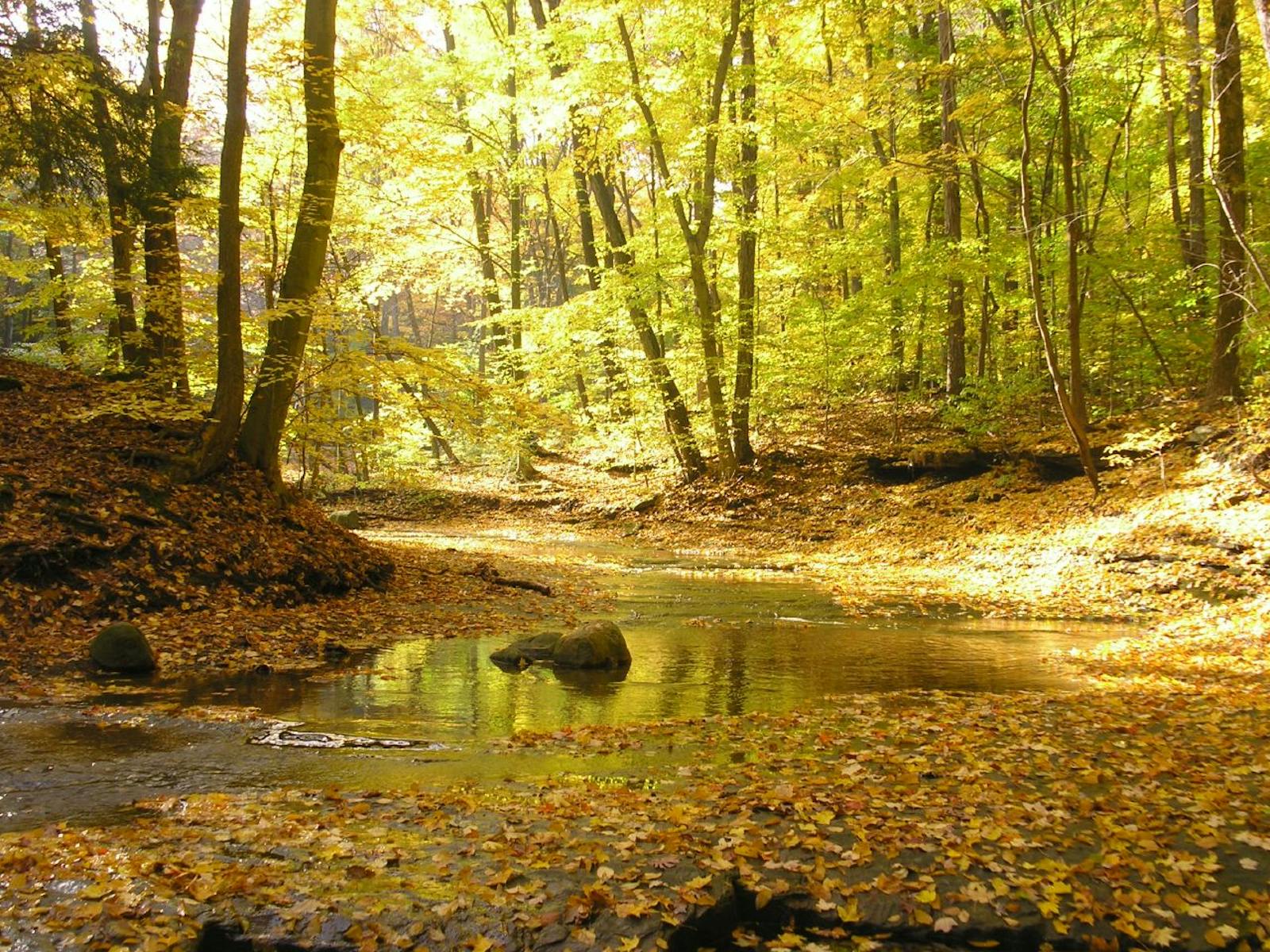
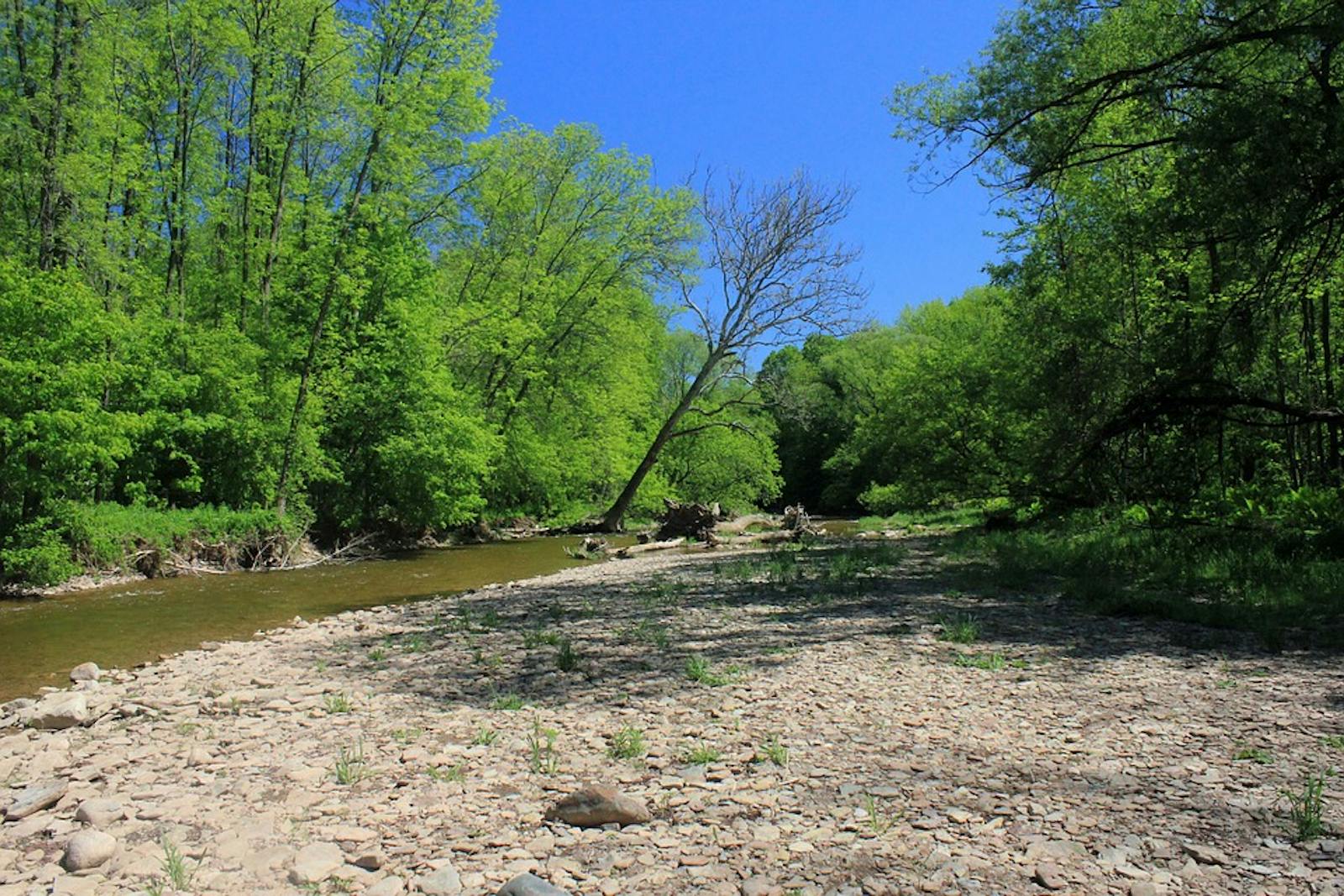
.jpg?auto=compress%2Cformat&w=1600)
